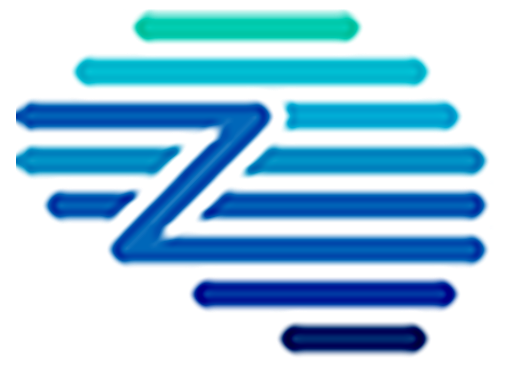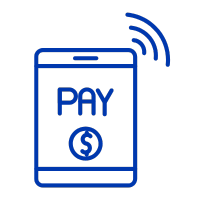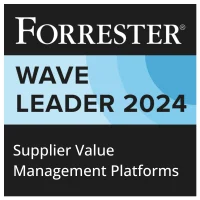A procurement policy is a formal set of guidelines and principles that dictate how an organization manages the acquisition of goods and services. It establishes procedures to ensure procurement processes are conducted fairly, transparently, and in compliance with legal and ethical standards. The policy covers aspects such as supplier selection, negotiation strategies, contract management, and compliance with procurement regulations, aiming to optimize value and mitigate risks in sourcing activities.
Key Benefits
– Enhanced Compliance: Procurement policies ensure that all purchasing activities align with regulatory and internal standards, safeguarding organizations from legal risks and maintaining ethical standards.
– Cost Control: A well-defined procurement policy helps in regulating budgets and managing expenditure efficiently by setting clear spending limits and approval procedures.
– Risk Mitigation: By standardizing supplier selection and contract management processes, procurement policies reduce the risk of non-compliance and safeguard the organization against supplier failures and market volatility.
– Process Efficiency: Streamlined guidelines and protocols within procurement policies allow for faster decision-making and reduce transactional inefficiencies, enhancing overall operational efficiency.
– Strategic Alignment: Procurement policies ensure that purchasing decisions are in line with the organization’s strategic goals, promoting long-term value creation through effective supplier relationships and contract management.
Related Terms
– Enhanced Compliance: Procurement policies ensure that all purchasing activities align with regulatory and internal standards, safeguarding organizations from legal risks and maintaining ethical standards.
– Cost Control: A well-defined procurement policy helps in regulating budgets and managing expenditure efficiently by setting clear spending limits and approval procedures.
– Risk Mitigation: By standardizing supplier selection and contract management processes, procurement policies reduce the risk of non-compliance and safeguard the organization against supplier failures and market volatility.
– Process Efficiency: Streamlined guidelines and protocols within procurement policies allow for faster decision-making and reduce transactional inefficiencies, enhancing overall operational efficiency.
– Strategic Alignment: Procurement policies ensure that purchasing decisions are in line with the organization’s strategic goals, promoting long-term value creation through effective supplier relationships and contract management.
References
For further insights into these processes, explore Zycus’ dedicated resources related to Procurement Policy:
- Addressing Procurement Policy Compliance, Workflow Efficiency, and Strategic Value Creation with GenAI
- Suppliers, Time To Go Digital. Don’t You Think?
- Why does a one-size-fits-all policy not work for invoice compliance?
- Smart P2P – Next Generation Procure-to-pay Processes
- Measure Your Scope 3 Emissions with Zycus Carbon Analyzer
White Papers
Master the UK Procurement Act 2023: Ensure Compliance & Drive Procurement Excellence

Filter by
Compliant Invoicing
Compliant Invoicing refers to the process of generating, submitting, and managing invoices in adherence with legal, regulatory, and contractual requirements.
Continuity Plan
A Continuity Plan is an organized set of policies and procedures designed to ensure that a company’s essential operations can
Cost Modeling
Cost Modeling in procurement refers to the analysis and estimation of the total cost of ownership of a product or
Contract Audit
Contract Audit is a systematic evaluation of agreements and related documentation to ensure compliance with contractual terms, identify discrepancies, and
Procurement Cycle
The Procurement Cycle refers to the end-to-end process through which an organization identifies its needs, sources suppliers, negotiates contracts, places
Procurement Master Data Management
Procurement Master Data Management is the disciplined approach to managing core, consistent procurement information, including supplier, product, and contract data,






















































